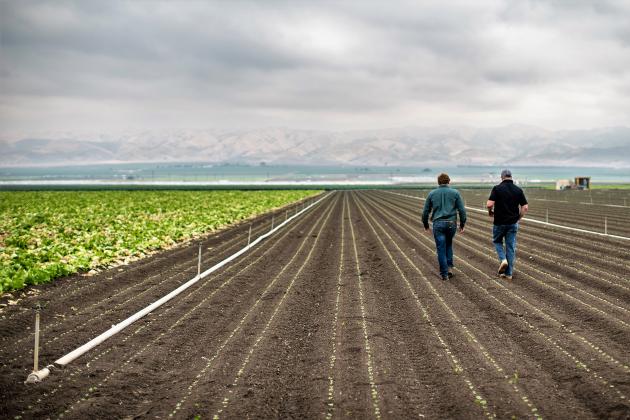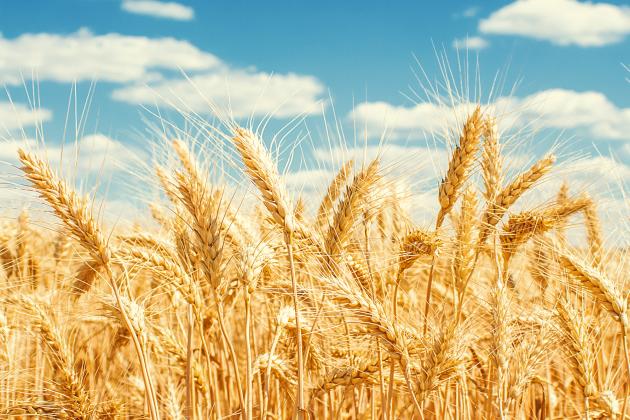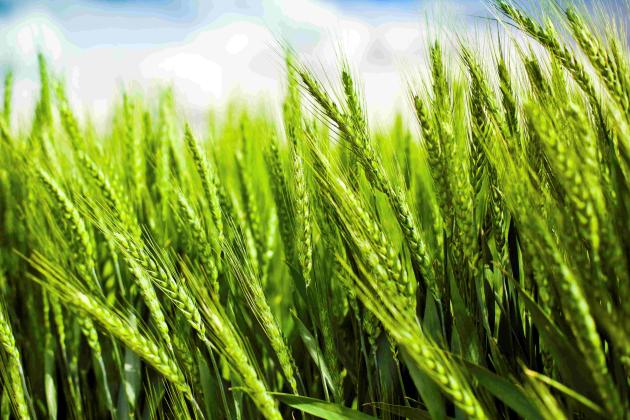
Wheat
Wheat is most commonly affected by nitrogen deficiency. This occurs especially during cold, wet conditions, and in well-drained soils in high rainfall areas. Light green to yellow colored plants can be commonly observed in sandy soils.
If a plant is experiencing a potassium deficiency, it will have pale green leaves with a limp or wilted appearance and bright yellow chlorosis with an apparent brown coloring along the margins of the oldest leaves. Meanwhile, pale yellow plants and uniformly yellow leaves without necrosis are characteristics of a sulfur deficiency.
Our Crop Vitality product portfolio will successfully address your crop nutrition needs and correct any nutrient deficiencies. Browse our Insights for additional information from our agronomists regarding wheat nutrition, field trials and much more.
Recommended Insights
-
-

Additional Resources
Check out our library of content geared towards teaching the best crop nutrition practices to growers around the world.
-

Get Local Support
If you're looking for further insights on how Crop Vitality products can help you achieve your yield goals, reach out and a Crop Vitality Specialist will get back to you as soon as possible!
Ask Questions


